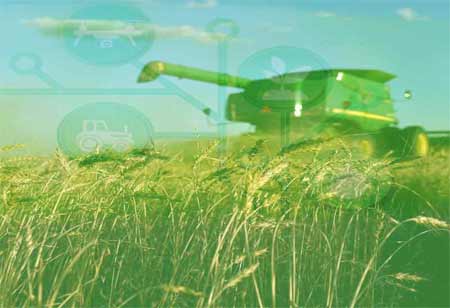Thank you for Subscribing to Agri Business Review Weekly Brief
Pros And Cons Of Polyculture.
Polyculture is an agricultural method called mixed cropping. In accepting polyculture, farmers sanctify agricultural land to multiple crops or animals.

By
Agri Business Review | Saturday, November 05, 2022
Stay ahead of the industry with exclusive feature stories on the top companies, expert insights and the latest news delivered straight to your inbox. Subscribe today.
With polyculture, one plot of land possesses all the crops in one place.
Fremont, CA: Polyculture is an agricultural method called mixed cropping. In accepting polyculture, farmers sanctify agricultural land to multiple crops or animals. This method can be utilized on a farm with crops or in a simple garden. This agricultural method has numerous benefits, as well as downsides when it is applied.
Saving on Resources
Before introducing polyculture, most farming relied on monoculture, which implies one plot of land was devoted to one crop. For instance, corn grows only when planted with corn crops, and tomatoes grow only when planted with tomatoes.
The issue with this system is a farmer would often require large amounts of land to separate the crops. The farmer would also require a much more complicated irrigation system to feed crops water over a larger land. With polyculture, one plot of land possesses all the crops in one place. A farmer can hold a smaller unit of land with the same crop output and a more effective irrigation system.
Plant Competition
Plants are prone to grow stronger when soil is utilized for multiple crops. This might look counter-intuitive as it could be argued that nutrients are being consumed faster by more plants. But the plants occupy a sort of competition over the soil.
The roots of plants and vegetables are prone to grow thicker and out more, attempting to incorporate as much soil as possible. This enables the plants to grow more and provide a higher yield. With more plants near each other, the plants' immune systems also increase. Studies have revealed that plants that grow near other species can fight off bacteria more quickly than in monoculture land plots.
Control Issues
The main downside of polyculture is the number of control problems a farmer has over the crops. Unlike a single plot where one crop would cultivate, a polyculture has one plot where many plants can grow.
The farmer must function in a more compact space with many plants growing at once. A farmer could just have one tomato patch as a monoculture and know how to operate with that one monoculture well. But, with one plot of a polyculture plot, the farmer must handle the special requirements of each plant within the single land plot.
Equipment
Some polyculture needs an investment in specific equipment to support managing the plot of land. This is observed more in the polyculture application with fish farms, but this can be used with agricultural polyculture. A farmer must invest time and framework to have a polyculture plot of land work.
The plot of land must be big enough and have an appropriate irrigation system for the several plants on the plot, and physical or chemical products are necessary to help sustain the plants. For example, suppose two species of crops will be overgrown against each other and drain each other's resources.
In that case, the farmer desires to either physically plant the crops far enough distance from each other or have some kind of root separator in the soil. Anyhow, time-consuming planning and likely equipment purchases are one downside to polyculture.





